Underplanting Tomatoes Mistakes To Avoid
Underplanting Tomatoes: Mistakes to Avoid
Tomatoes are a popular garden crop, but they can be tricky to grow. One common mistake that gardeners make is underplanting tomatoes. This means planting them too close together, which can lead to a number of problems, including:
- Disease: When tomatoes are crowded together, it can create a humid environment that is ideal for the spread of diseases. This is especially true for diseases like powdery mildew and early blight.
- Poor air circulation: Clumped tomatoes also don't get enough air circulation, which can make them more susceptible to pests and diseases.
- Smaller fruits: When tomatoes don't have enough space to grow, they will produce smaller fruits.
- Delayed ripening: Tomatoes that are crowded together may also take longer to ripen.
If you want to avoid these problems, it's important to plant your tomatoes at the correct spacing. The exact spacing will vary depending on the variety of tomato you are growing, but as a general rule, you should plant determinate tomatoes (which have a determinate growth habit and produce a single crop of fruit) about 2 feet apart and indeterminate tomatoes (which have an indeterminate growth habit and produce fruit over a longer period of time) about 3 feet apart.
In addition to planting at the correct spacing, there are a few other things you can do to help your tomatoes thrive. First, make sure they are planted in well-drained soil that is rich in organic matter. Tomatoes also need full sun, so choose a spot in your garden that gets at least 6 hours of sunlight per day.
Water your tomatoes regularly, especially during hot, dry weather. You should also fertilize them every few weeks with a balanced fertilizer. And don't forget to stake or cage your tomatoes to support their weight as they grow.
By following these simple tips, you can avoid the mistakes that many gardeners make when underplanting tomatoes. And with a little care and attention, you'll be enjoying homegrown tomatoes all summer long.
Here are some additional tips to help you avoid underplanting tomatoes:
- Do your research. Before you plant your tomatoes, take some time to learn about the different varieties and their growth habits. This will help you choose the right varieties for your space and avoid overcrowding.
- Use a garden marker. When you plant your tomatoes, use a garden marker to mark the spacing between each plant. This will help you keep track of where you've planted them and avoid accidentally planting them too close together.
- Thin your seedlings. If you've started your tomatoes indoors, you'll need to thin them once they've developed a few sets of true leaves. This will help ensure that each plant has enough space to grow.
- Watch your plants closely. As your tomatoes grow, keep an eye on the spacing between them. If they start to get too close together, you may need to thin them out or transplant them to a larger space.
By following these tips, you can avoid underplanting tomatoes and ensure that your plants have the space they need to thrive.
Underplanting tomatoes is a great way to maximize your garden space and improve the health of your tomato plants. By planting compatible companion plants between your tomato plants, you can help to deter pests, improve soil quality, and increase yields.
Some of the best companion plants for tomatoes include:
- Marigolds: Marigolds are known for their insect-repelling properties. They can help to keep away tomato hornworms, aphids, and other pests.
- Basil: Basil is a classic tomato companion plant. It helps to improve the flavor of tomatoes and can also help to deter pests.
- Chives: Chives are another great companion plant for tomatoes. They help to improve soil drainage and can also help to deter pests.
- Lettuce: Lettuce is a cool-season crop that can be planted between tomato plants in the early spring or fall. It helps to suppress weeds and can also provide shade for the tomato plants.
- Carrots: Carrots are a great companion plant for tomatoes because they help to improve soil aeration. They also help to deter nematodes, which can damage tomato roots.
If you're interested in learning more about underplanting tomatoes, I recommend visiting Gardenia Inspiration. This website has a wealth of information on the topic, including a list of compatible companion plants, tips on how to plant and care for your underplantings, and troubleshooting advice.
FAQ of underplanting tomatoes
- What is underplanting tomatoes?
Underplanting tomatoes is the practice of planting another vegetable or herb in between tomato plants. This can help to improve the overall health and productivity of the tomato plants, as well as provide a more diverse crop for the gardener.
- What are some good plants to underplant with tomatoes?
Some good plants to underplant with tomatoes include:
- Lettuce: Lettuce is a cool-season crop that can tolerate some shade, so it is a good choice for underplanting tomatoes. It will also help to suppress weeds and improve the overall soil health.
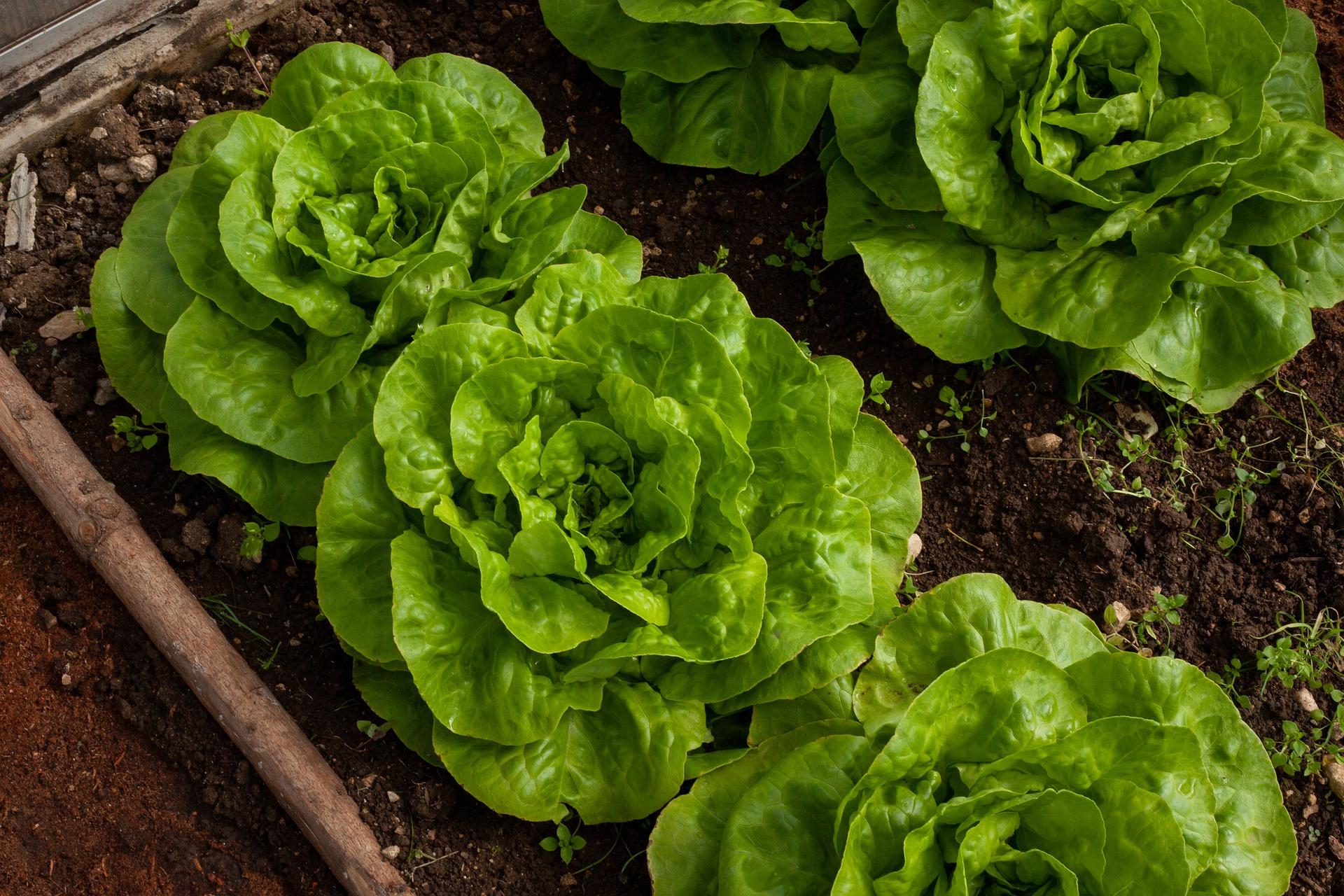
- Spinach: Spinach is another cool-season crop that can be underplanted with tomatoes. It is also a good source of vitamins and minerals.

- Carrots: Carrots are a root vegetable that can be planted in the same row as tomatoes. They will help to break up the soil and improve drainage.
- Herbs: Many herbs, such as basil, oregano, and thyme, can be underplanted with tomatoes. They will help to deter pests and diseases, and they can also add flavor to your tomatoes.
- When should I underplant tomatoes?
You can underplant tomatoes when the tomato plants are about 6 inches tall. This will give the underplanted plants enough time to establish themselves before the tomatoes start to shade them out.
- How far apart should I plant underplanted plants?
The spacing of underplanted plants will depend on the type of plant you are planting. Lettuce and spinach can be planted about 2 inches apart, while carrots and herbs should be planted about 6 inches apart.
- How do I care for underplanted tomatoes?
Underplanted tomatoes will need the same care as regular tomato plants. This includes watering, fertilizing, and pest control. However, you may need to water the underplanted plants more often, as they will be shaded by the tomato plants.
Image of underplanting tomatoes
- Image 1: A tomato plant surrounded by leafy greens, such as lettuce, spinach, and kale.
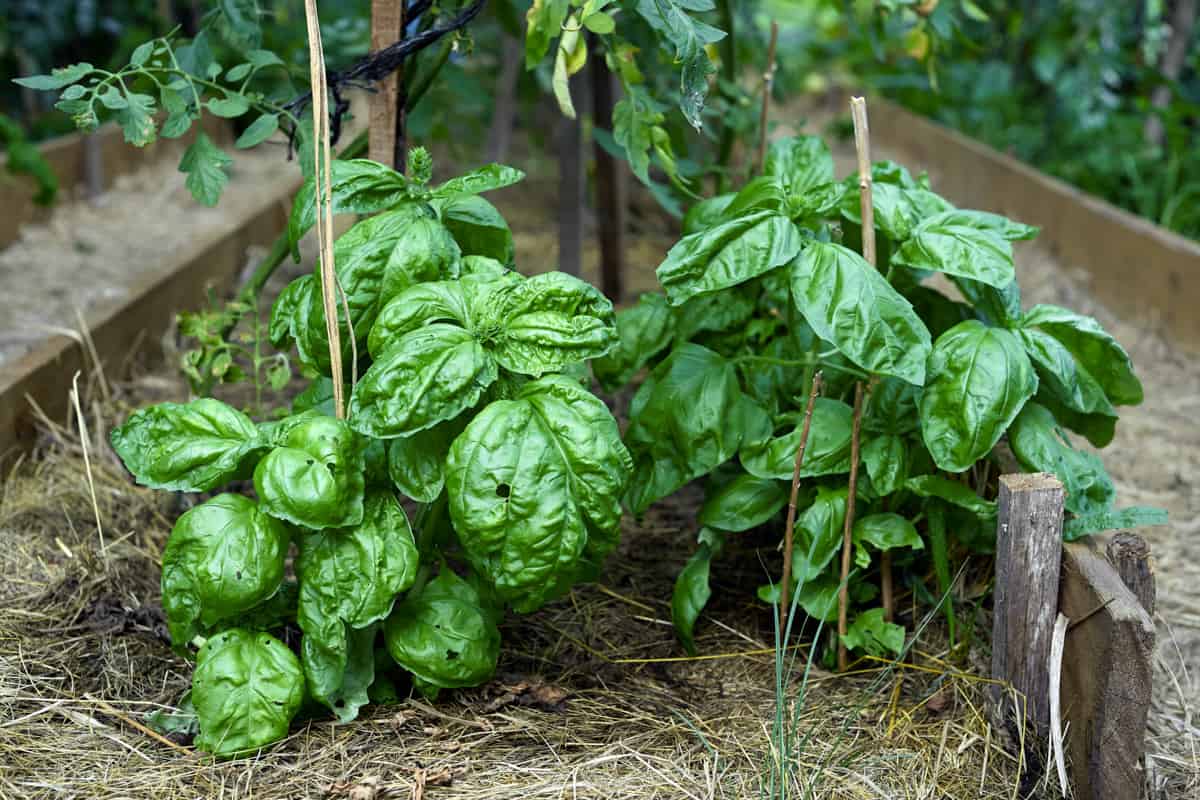
- Image 2: A tomato plant surrounded by herbs, such as basil, oregano, and thyme.

- Image 3: A tomato plant surrounded by flowers, such as marigolds, nasturtiums, and calendula.
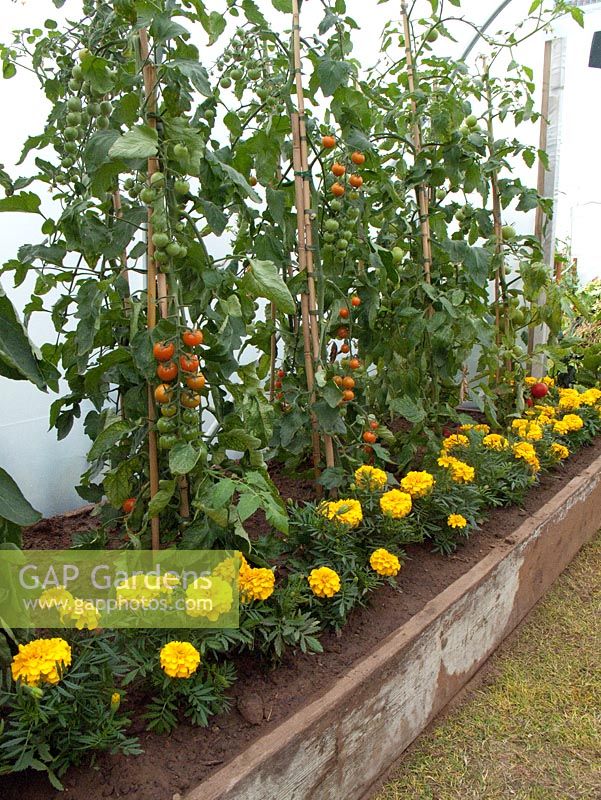
- Image 4: A tomato plant surrounded by root vegetables, such as carrots, radishes, and beets.
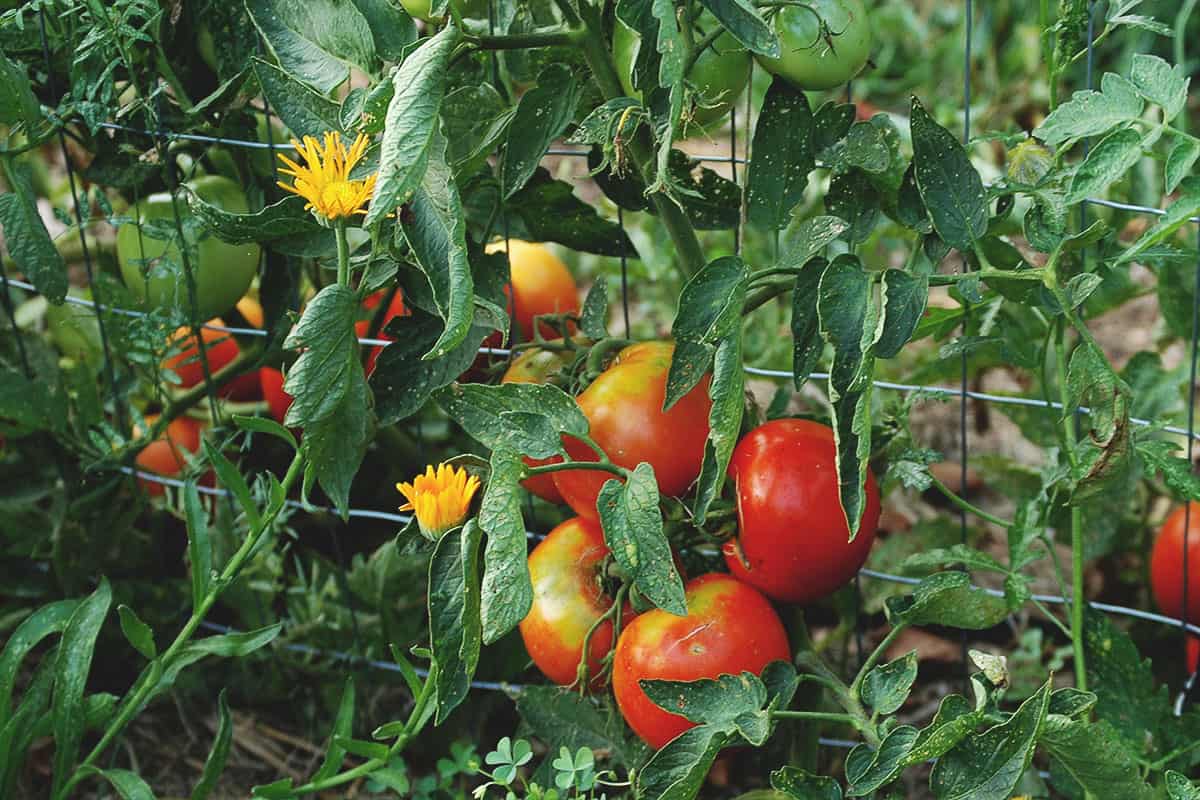
- Image 5: A tomato plant surrounded by beans, such as bush beans and pole beans.
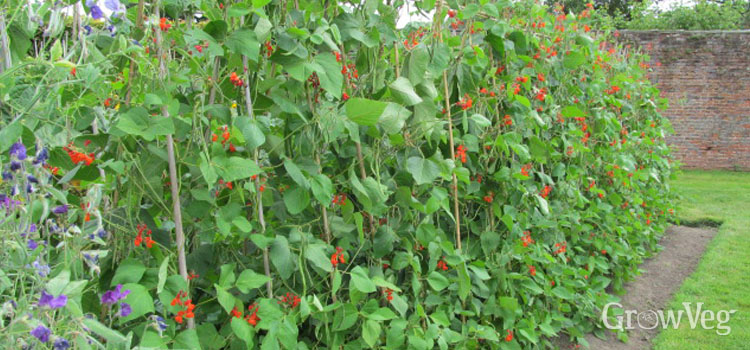
Post a Comment for " Underplanting Tomatoes Mistakes To Avoid"